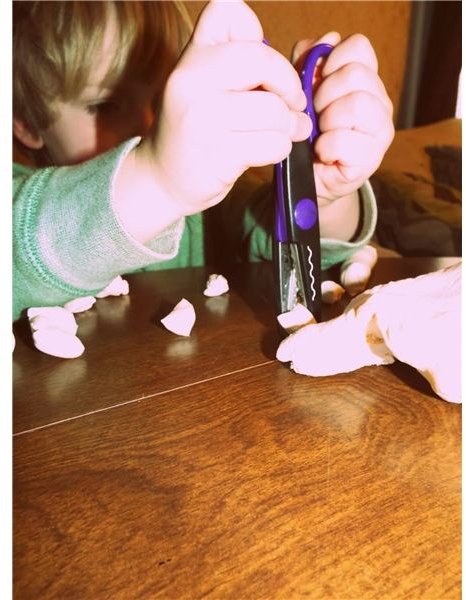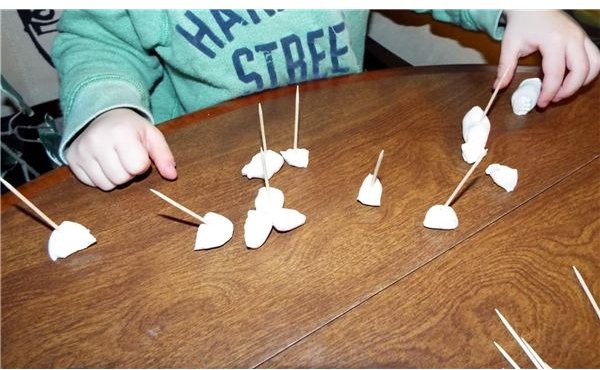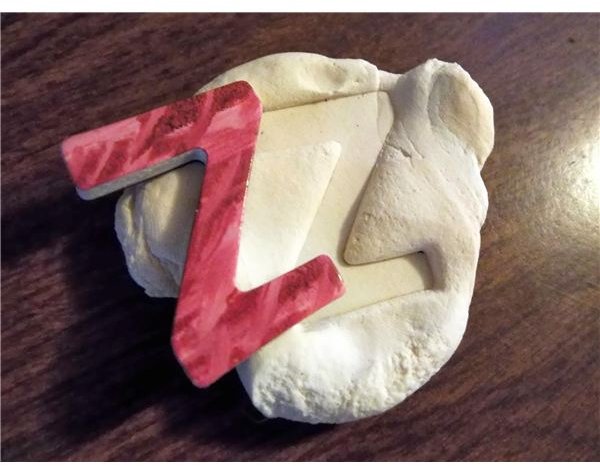Using Model Magic to Experiment with Textures: Inclusive Art Activity
Students with special needs often thrive in the art room as art is all about the process and creative self-discovery. As an art educator I make sure to place importance upon the process with the students and not focus on the product.
For this lesson I have the students use nontraditional and traditional tools with materials they aren’t usually matched up with. Crayola’s Model Magic © is great medium to use with students as it is nontoxic. This has been particularly important to me as an arts educator as there have been times when students placed the model magic in their mouths.
Lesson Objectives:
CCSS.ELA-Literacy.CCRA.SL.1 Prepare for and participate effectively in a range of conversations and collaborations with diverse partners, building on others’ ideas and expressing their own clearly and persuasively.
CCSS.ELA-Literacy.CCRA.SL.2 Integrate and evaluate information presented in diverse media and formats, including visually, quantitatively, and orally.
CCSS.ELA-Literacy.CCRA.SL.6 Adapt speech to a variety of contexts and communicative tasks, demonstrating command of formal English when indicated or appropriate.
Materials Required:
- Model Magic ©
- Scissors
- Forks
- Toothpicks
- Stamps
- Alphabet Magnets
- Markers
Lesson Procedure:
**
1. Students are to be introduced to Model Magic © and how it works. Encourage students to warm it up in their hands, and mash it around to make it more pliable. I have used other modeling materials in the past but have often found it to either be too dry where it became crumbly, or too greasy which left a residual slimy feeling on the fingers.
2. Model each of the tools and how students can create texture in the material.
3. Alphabet letters leave a nice clean imprint and also reinforce general education curriculum.

4. Model Magic© responds really well to being cut with scissors, and students can explore that further by cutting the model magic with a variety of scissor blades to create additional textures.
5. Students can create a sculpture by adding to the surface; one of my favorite materials for making these sculptures are toothpicks. They are inexpensive, and easily snapped to create a variety of heights within a piece.
6. In addition to focusing on the surface of the Model Magic © I often have the students explore color mixing with the markers. It is fast way to add another dimension to the lesson, and it opens the door to more conversation about color mixing. When adding marker the dough becomes sticky, for students with tactile aversions I would encourage supplying them with gloves.

7. Students can take it a step further to find texture within the art space. How and where can students make interesting textures in the Model Magic©? This allows students to get up and move around the space and it becomes a perfect way to explore the arts and release some energy.
Assessment:
Assessment of this lesson should be focused on the student’s process of discovery as they explore each new material and what it does to the Model Magic ©.
In creating works of arts with students who have special needs it is important to remember that it is primarily about the process and the exploration of the materials. Using traditional materials in an untraditional manner is a fun way to excite the students and bring them into the lesson. When they leave the art space their art piece might not look like any particular object, but it will reflect their exploration of their tools, their environment, and their ability to think outside of the box by finding unique tools for texture.
This post is part of the series: Art Projects for Inclusive Classrooms
These accessible art projects work for students of varying abilities. They are excellent choices for the inclusive classroom.
